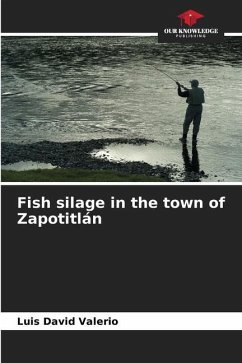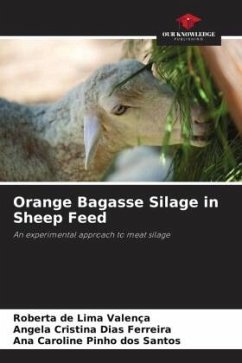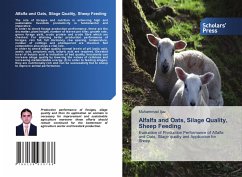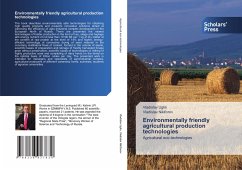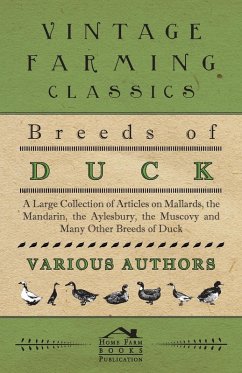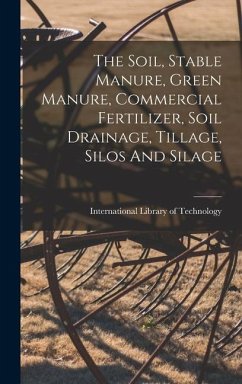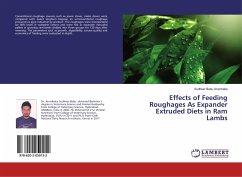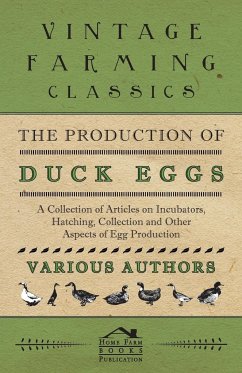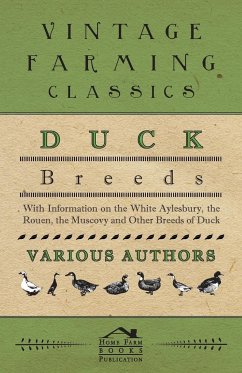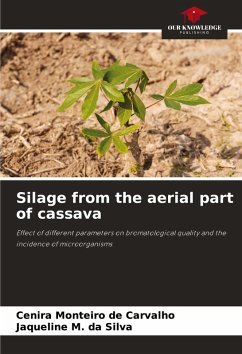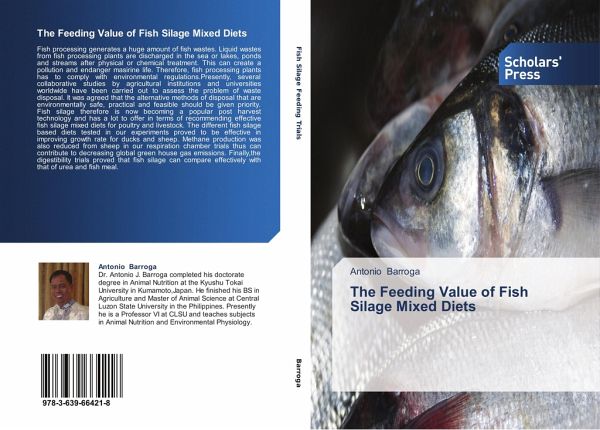
The Feeding Value of Fish Silage Mixed Diets
Versandkostenfrei!
Versandfertig in 6-10 Tagen
42,99 €
inkl. MwSt.

PAYBACK Punkte
21 °P sammeln!
Fish processing generates a huge amount of fish wastes. Liquid wastes from fish processing plants are discharged in the sea or lakes, ponds and streams after physical or chemical treatment. This can create a pollution and endanger masirine life. Therefore, fish processing plants has to comply with environmental regulations.Presently, several collaborative studies by agricultural institutions and universities worldwide have been carried out to assess the problem of waste disposal. It was agreed that the alternative methods of disposal that are environmentally safe, practical and feasible should...
Fish processing generates a huge amount of fish wastes. Liquid wastes from fish processing plants are discharged in the sea or lakes, ponds and streams after physical or chemical treatment. This can create a pollution and endanger masirine life. Therefore, fish processing plants has to comply with environmental regulations.Presently, several collaborative studies by agricultural institutions and universities worldwide have been carried out to assess the problem of waste disposal. It was agreed that the alternative methods of disposal that are environmentally safe, practical and feasible should be given priority. Fish silage therefore is now becoming a popular post harvest technology and has a lot to offer in terms of recommending effective fish silage mixed diets for poultry and livestock. The different fish silage based diets tested in our experiments proved to be effective in improving growth rate for ducks and sheep. Methane production was also reduced from sheep in our respiration chamber trials thus can contribute to decreasing global green house gas emissions. Finally,the digestibility trials proved that fish silage can compare effectively with that of urea and fish meal.



